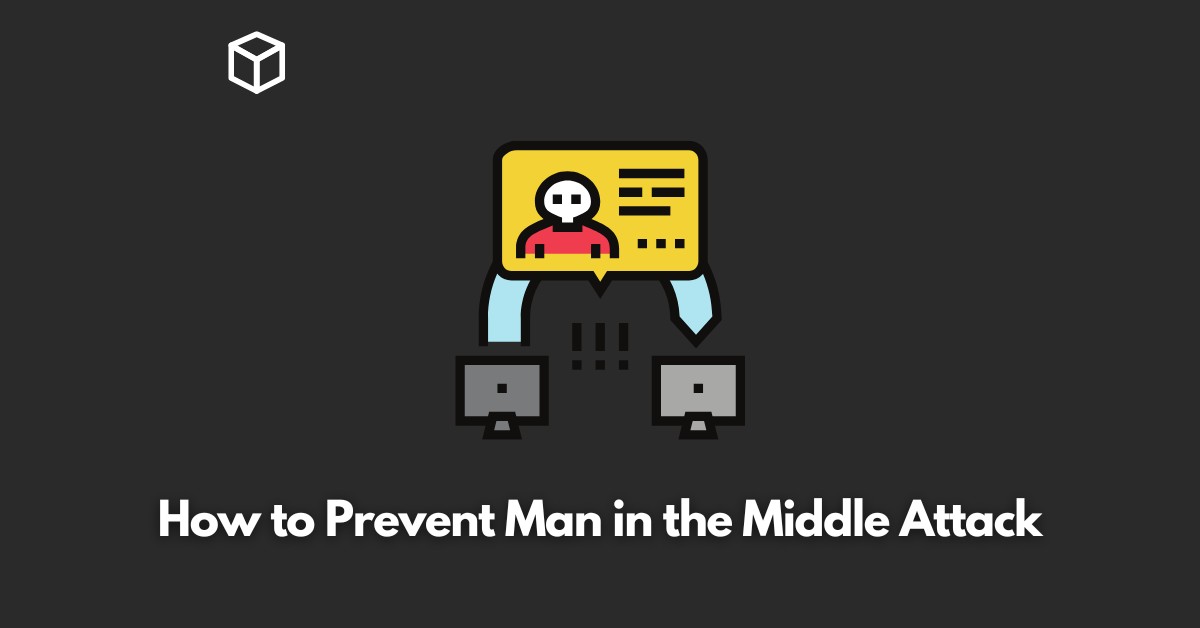A Man-in-the-Middle (MitM) attack is when a hacker intercepts and alters communications between two parties without their knowledge or consent.
Man-in-the-Middle (MitM) attacks are a serious threat to online security and privacy.
The hacker essentially becomes the middleman in the communication, allowing them to steal sensitive information or spread malware.
These attacks can occur on various platforms such as email, social media, and even financial transactions.
The consequences of a successful MitM attack can be severe, including financial loss, identity theft, and the spread of malware.
In this article, we will explain what MitM attacks are, the different types of MitM attacks, how to detect them, and most importantly, how to prevent them.
Types of MitM Attacks
There are several different types of MitM attacks, each with its own unique characteristics. Some of the most common types include:
- ARP Poisoning: This type of attack occurs when a hacker alters the Address Resolution Protocol (ARP) table on a device, allowing them to intercept and alter network traffic.
- DNS Spoofing: This type of attack occurs when a hacker alters the Domain Name System (DNS) settings on a device, redirecting users to a malicious website.
- SSL Stripping: This type of attack occurs when a hacker intercepts and alters Secure Socket Layer (SSL) communications, allowing them to steal sensitive information.
How to Detect MitM Attacks
MitM attacks can be difficult to detect, but there are certain signs to look out for. Some of the most common signs include:
- Unexpected certificate warnings: If your browser displays a warning about an invalid or untrusted certificate, it could be a sign of a MitM attack.
- Strange network behavior: If your device is suddenly experiencing slow network speeds or unexpected disconnections, it could be a sign of a MitM attack.
There are also tools that can be used to detect MitM attacks, such as Wireshark and NetworkMiner.
These tools can help you to analyze network traffic and identify any suspicious activity.
How to Prevent MitM Attacks
Preventing MitM attacks requires a combination of different security measures. Some of the most important steps you can take include:
- Using secure connections: Always use a secure connection, such as HTTPS or a Virtual Private Network (VPN), when transmitting sensitive information.
- Using public key infrastructure (PKI) to authenticate website identity: PKI is a system that uses digital certificates to verify the identity of a website or server.
- Keeping software and operating systems up to date: Software vulnerabilities are often exploited by hackers to launch MitM attacks, so it’s important to keep your software and operating systems up to date.
- Configuring firewalls and router security settings: Firewalls and routers can help to protect your network from unauthorized access, so it’s important to configure them properly.
Conclusion
Man-in-the-Middle (MitM) attacks are a serious threat to online security and privacy.
By understanding the different types of MitM attacks and how to detect them, you can take steps to protect yourself and your organization.
Remember, using secure connections, PKI, keeping software and operating systems updated and configuring firewalls and router security settings are all effective ways to prevent MitM attacks.
It is important to be vigilant and take preventative measures to protect yourself from these types of attacks.
For more information on MitM attacks and online security in general, there are many resources available online, including government and industry websites, security blogs and forums.
Stay informed, stay vigilant and take the necessary steps to protect yourself and your organization from MitM attacks.




